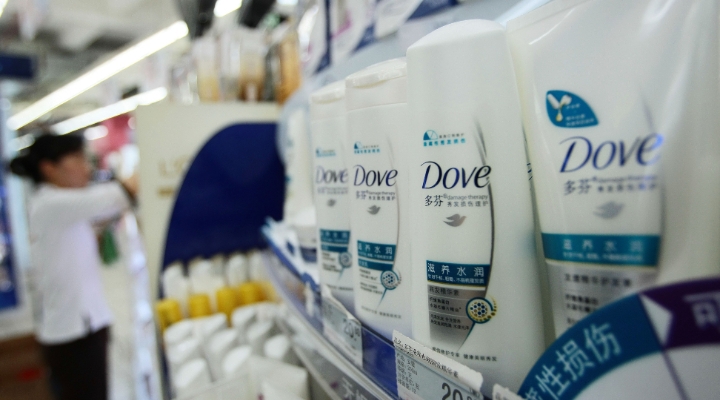
With thousands of funds to choose between, starting an investment portfolio for the first time can be a daunting task. Once you have set up an account with your chosen fund supermarket, you need to choose where exactly you’re going to put your money.
Multi-Asset Funds
Many new investors decide to start out with a multi-asset fund – this is a sort of one-stop shop investment whereby the fund manager can invest across a range of assets including equities, bonds, gold and property. You select a fund depending on how much risk you want to take – for example, a fund with up to 20% of its assets in equities will be a very cautious option, while one with up to 85% of its portfolio in equities will be riskier but likely to deliver greater growth.
The benefit of choosing a multi-asset fund is that you only need one, as it’s designed to be an entire portfolio in one (although you can add others into the mix, of course) and the manager makes the difficult decisions about how to spread your money for you. The downside is that you might not agree with his choices, so it is important to do your research first and ensure the strategy suits your needs.
Another issue with these funds is that they can be more expensive than others. They typically have large teams managing all the different investments in the portfolio and are investing in other funds, so be sure to check the charges too. Of course, you may feel that paying a slight premium for a hassle-free option such as this is worth it.
Be Diversified
If you feel more confident about picking a range of funds yourself then a key consideration is diversification. This means spreading your money across a variety of different assets and regions; they are unlikely to all rise and fall in tandem, which should help smooth your returns and provide some protection if the value of one of your investments falls.
A diversified portfolio might contain a UK equity income fund, which invests in big income-paying FTSE companies, a global fund, which invests in businesses across the globe, and a corporate bond fund, which invests in the debt of high-quality companies.
This core of your portfolio could also incorporate exchange-traded funds (ETFs) to help keep costs down. A FTSE 100 tracker will follow the performance of the UK stock market while an S&P 500 ETF will track the US stock market, and you can invest in these for as little as 0.05%.
Core and Satellite
Your multi-asset fund, ETFs or mix of more general funds will provide the core of your portfolio – the bit that should deliver steady returns and is unlikely to change much over time. But around this you can incorporate smaller investments in more specific funds that you might have a strong belief in. This is known as a “core and satellite” approach.
You might, for example, want a technology fund that taps into the big tech stars of the future, or a commodities fund that will seek out oil and mining companies. Emerging markets funds invest in companies based in developing countries such as Brazil, China and India, while infrastructure investments own assets such as wind farms and solar panels.
Because these satellite funds are more specific in their focus – and may be riskier in their choice of assets – it’s advisable to only put a small proportion of your money in them. These may also be areas where drip-feeding in small sums on a regular basis is a better strategy than making a one-off lump sum investment.
Check… But Not Too Often
When you’re happy with your portfolio, it’s time to walk away. It might seem counter-intuitive, but it’s best to only check up on your investments a handful of times each year. This is because when you check every day you may end up tinkering with your holdings, racking up trading fees, which eat into your returns.
It’s also easy to get spooked by short-term movements or panic-inducing news headlines - something many investors experienced this year in the midst of the Covid-19 sell-off. When you do check in, look at the latest factsheets for your funds to check they are still investing in the way you expect them to and read the manager’s commentary for an insight into her strategy.
You might also consider “rebalancing” the portfolio once or twice a year, which is where you take profits from your best performing holdings and use them to top up your weaker funds. This stops the top performers growing in size and skewing the portfolio away from how you had originally positioned it, and also means you benefit as and when the weaker holdings start to deliver.



























